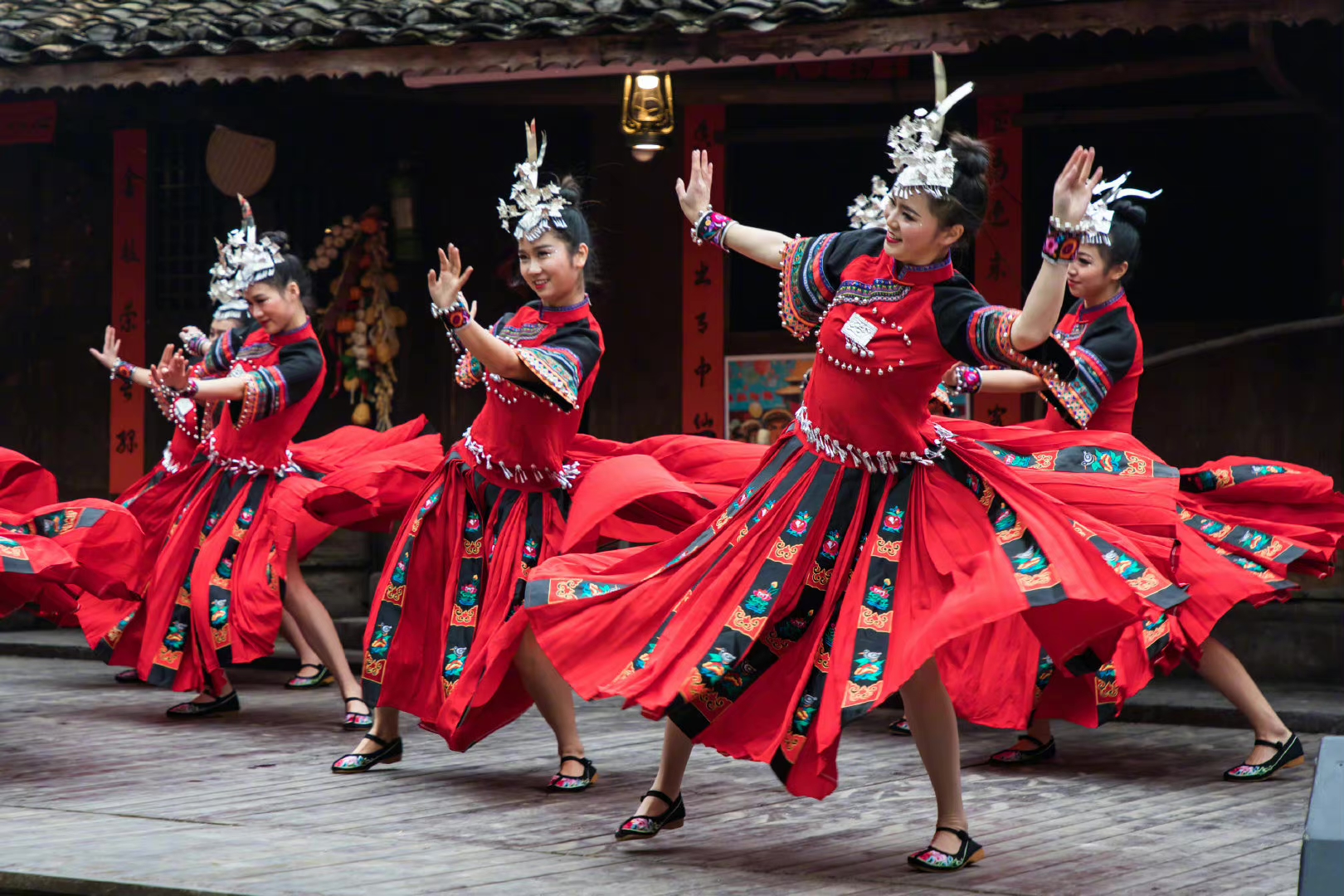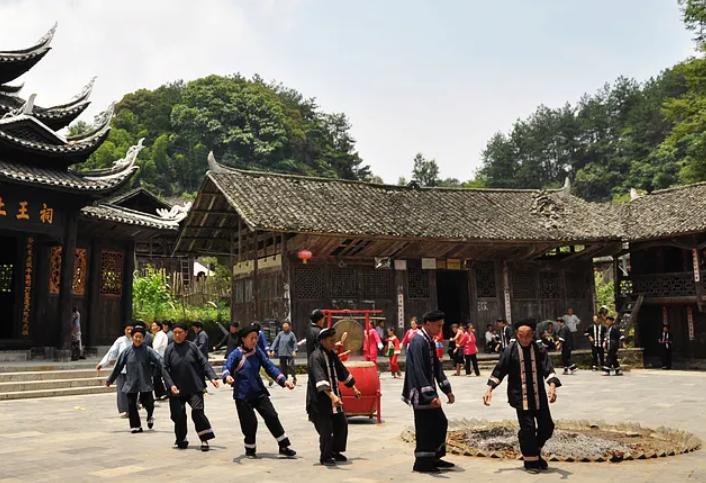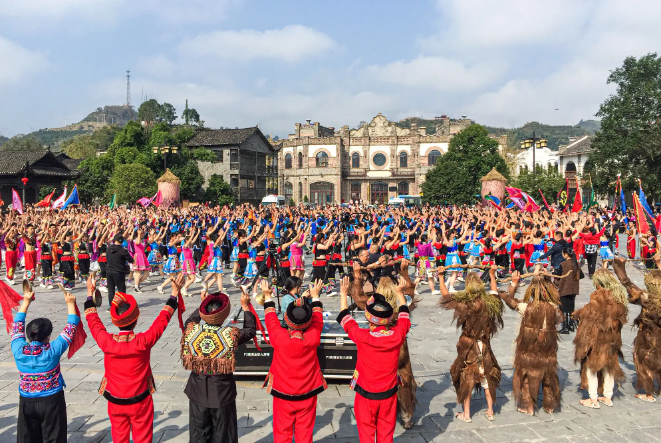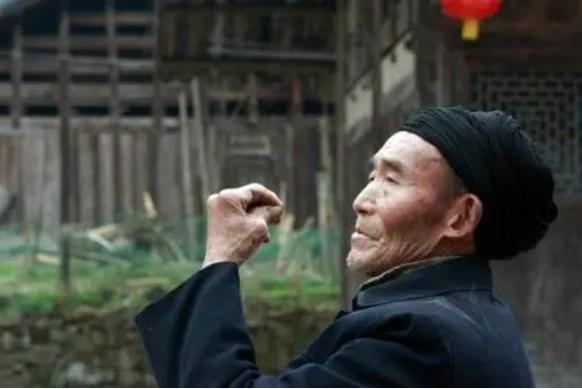Baishou Dance and its inheritor Tian Renxin
2022-06-09

The dance integrates singing, dancing, music as well as opera elements, and presents numerous topics concerning history and human existence, including the creation of the world, human reproduction, migration, hunting & fishing, sericulture & weaving, slash-and-burn cultivation, ancient stories, myths and legends, and daily life.

Dancers’ movements and postures are powerful and aesthetic. They wave one hand, wave two hands, wave hand(s) when circling around, or wave hand(s) with foot movements. The dance, usually performed on level ground, can be classified into Grand Baishou and Small-scale Baishou. Grand Baishou is performed by over 1,000 dancers when offering sacrifices to the ancestors of the whole group. While Small-scale Baishou is mainly performed when offering sacrifices to the ancestors with the same family name. The music of the dance incorporates vocal and musical accompaniment.

The dance is valuable for studying the history, war, religion, migration, farming, life, courtship and folk customs of the Tujia ethnic group. It reflects the bravery and fearlessness of the Tujia ancestors in battles, displays the whole process of farming and the daily life of the Tujia people, and demonstrates their hardworking nature and resilience in the face of adversity and difficulties, thus becoming an important item for knowing and researching the Tujia culture.

Tian Renxin, a famous folk dancers born in 1933, is an inheritor of Baishou Dance. He started to learn Baishou Dance from his grandfather and father at the age of 6. His dance is excellent with striking Tujia features.


